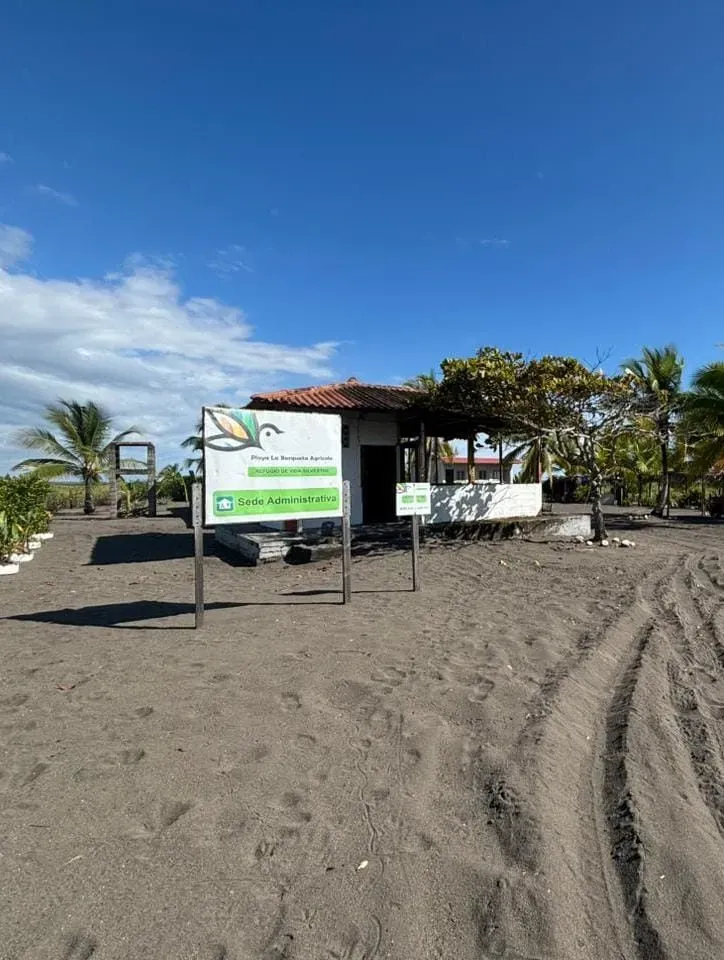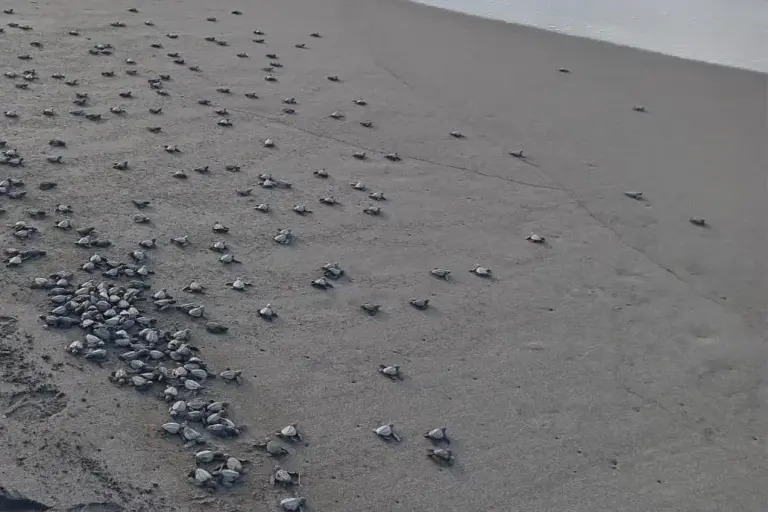Panamanian environmental authorities released 377 olive ridley sea turtle hatchlings along the nation’s Pacific coast this week. The event took place at the Playa La Barqueta Agrícola wildlife refuge in the Alanje district of Chiriquí province. This conservation initiative forms part of ongoing efforts by the Ministry of Environment (Panama) to protect vulnerable marine species.
Biologists and volunteers carefully monitored the nests before the controlled release. They ensured optimal conditions for the young turtles’ journey to the ocean. These efforts directly combat the threats of poaching and habitat loss that have endangered sea turtle populations throughout Panama.
Official Commitment to Marine Conservation
The release underscores a broader national strategy for biodiversity protection. Officials from the regional MiAMBIENTE office in Chiriqui organized and supervised the event. They emphasized that such actions are critical for the long-term survival of the species.
This liberation of 377 olive ridley specimens strengthens the protection and conservation programs for marine turtles that we carry out in this protected area, [Translated from Spanish]
said a MiAMBIENTE representative. The statement highlighted the program’s role in preserving the area’s rich ecological balance.
A Critical Habitat for Nesting
Playa La Barqueta Agrícola serves as a vital nesting ground for the olive ridley sea turtle. This particular species is classified as vulnerable by international conservation bodies. Its nesting season in Panama typically spans from July to February, making this recent release a key activity for the current cycle.
Local conservation teams regularly patrol the beaches to identify and protect new nests. They move vulnerable clutches of eggs to safer, monitored areas when necessary. This hands-on management significantly increases the hatchlings’ chances of survival.
The successful emergence of hundreds of turtles represents a positive outcome for these continuous patrols. Each turtle that reaches the water contributes to the genetic diversity and future of the population. Community involvement in these efforts has also been growing steadily.
Next Steps for the Conservation Program
Authorities plan to continue their vigilant protection of nesting sites throughout the remaining season. The program combines scientific monitoring with direct community education campaigns. Engaging local residents and tourists is considered essential for reducing human-related threats to the turtles.
Panama’s Ministry of Environment reaffirmed its commitment to these initiatives. The liberation of the 377 hatchlings is not an isolated event but part of a sustained, nationwide conservation push. Future releases are anticipated as more nests reach their full term along this critical stretch of Pacific coastline.




